|
It's shaping up to be a glorious opening day for Major League baseball, you have the Giants vs. Diamondbacks, Mets vs. Nationals, Red Sock vs. Orioles, Cardinals vs. Reds, Rays vs. Blue Jays, etc. Alex Rodriguez is suspended the entire season as a result of his doping scandal, Pete Rose, An American Dilemma debuted earlier this month, all the while Phiten partnered with Smack Sportswear to reach it's yearly high on the NYSE (SMACK).
Over the past few years, rope necklaces have entered the baseball field. These are not the rainbow beaded necklaces found at raves or the ugly hemp necklaces found at a Grateful Dead shows, but specialized sports technology. Most likely prescribed for endorsement checks, these necklaces supposedly serve a higher purpose. Now it is blatantly obvious, professional athletes are Gods among men, and don't necessarily have to adhere to rules of human decency nor the regulations governing professional sports. They're immune to common sense, thus making them blind and susceptible to risk such the obvious of playing sports while wearing a noose. Take for example A-Rod and Lance Armstrong, they risked their lives via multiple blood transfusions just to pee clean, pass roid tests, bike faster, throw harder, and get the money. Historically speaking professional athletes have believed in the the psychosomatic benefits of lucky charms such as Michael Jordan's lucky shorts, Turk Wendell's tooth necklace, or eating candy and chicken before a game. Phiten is a Japanese sports technology company who have celebrated 15 years of business within the United States whilst achieved over $100 million in sales, thus cashing in on our stupidity and superstitions. Phiten was developed by Yoshihiro Hirata, who after being injured training as a chef, then took up physical therapy. Although not a doctor, Hirata believes metals help the body produce energy, maintain focus, and eliminate pain. And although no scientific or medical data support Phiten's hypothesis, they still claim their products motivates excellence, so long as you believe! So "if you build it, they will come," thank to Kevin Costner in Field of Dreams and Hirata in Field of Jewelry. A Phiten necklaces looks like yarn braided together by a kindergarten, where they obtain their mysticism from a fountain at The Mall of America. Phiten claims the super power comes from aqua-metal created by hydro-colloidal technology, which actually means a mixture of water and metal, or in this case coins. Phiten coats it's products with this imaginary Fairy Dust, where through exertion metal seeps into your pores thereby tapping your untapped greatness and causing cancer. It's too bad these necklace don't extract or mask steroids, but maybe they do, and this entire product is a conspiracy? Why else would anyone wear one of these ridiculous necklaces
0 Comments
Leave a Reply. |
LAJ
100 Objects of Popular and Material Culture is an blog exploring the manifestations of human consumption and commodity-ization. The purpose of this experiment is to explore material and popular culture in contemporary society by using objects and concepts to prompt wider questions and reflections. So by emulating The British Museum's and Neil MacGregor's format of A History of the World in 100 Objects I plan to satirically analyze and reinterpreted 100 material culture objects over the course of 2014. Material Culture is the study of our culture's consumption of stuff; namely the manifestation of culture through material productions where people's perceptions of objects is socially and culturally dependent. With this, objects reflect conscious and unconscious beliefs on the the individuals who fabricated, purchased, or used them, and by extension the society where they live. So examining materiality, cultural truths and societal assumptions may be discovered. As anthropologist Arjun Appaduai states "in any society the individual is often caught between the cultural structure of commodity-ization and his own personal attempts to bring a value and order to the universe of things." Objects and commodities make up a much larger symbolic system consisting of want and need, socio-economic status, fashion, etc. Often times form follows function whether the commodity, market, and or consumer forever evolve around one-another. Philosopher Pierre Bourdieu's theories of capital flow full circle; where regardless if you are a minimalist or a hoarder the world is made up of things and everyone will leave their footprint on the earth. So by humorously analyzing marketed objects and concepts, hopefully this blog will provide further incite into ideas of over-consumption, a disposable society, consumerism vs. anti-consumers, planned obsolescence vs. sustainability, as well as the greater good of mankind and future generations. Archives
March 2015
Categories |

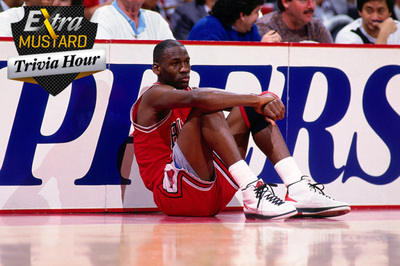
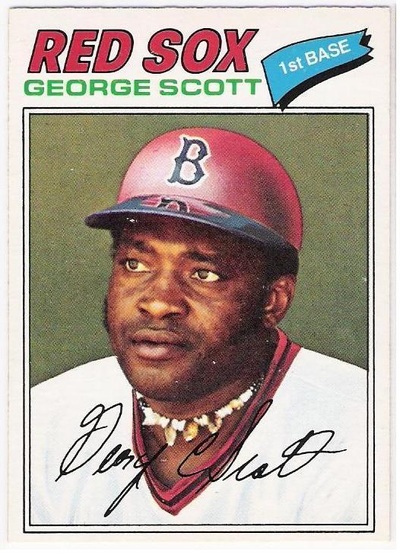
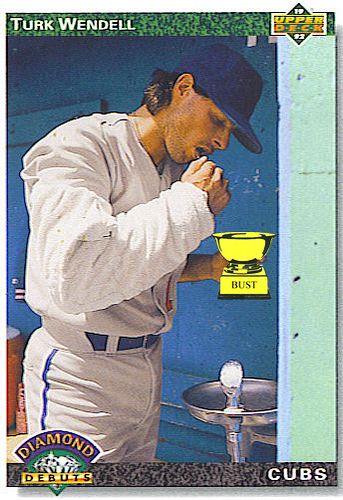


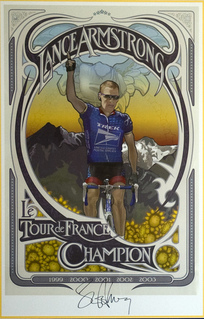
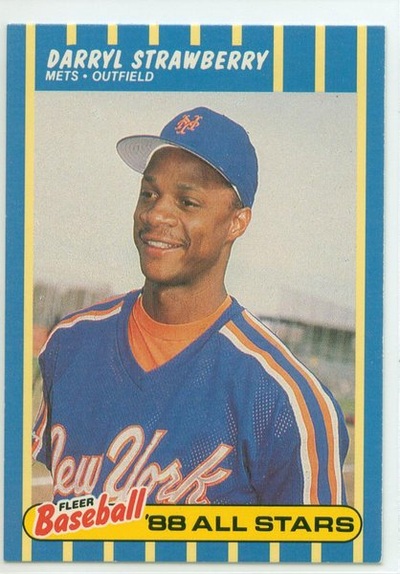
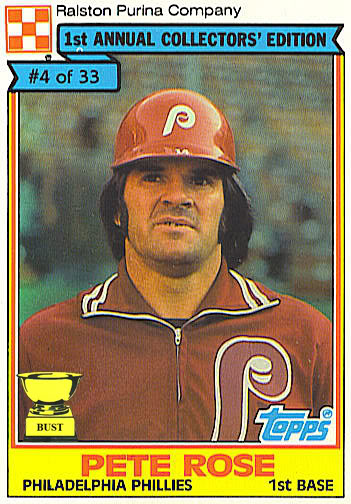
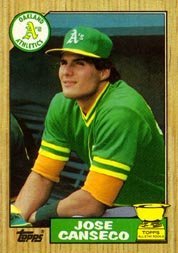
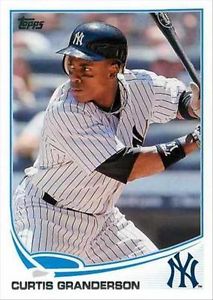




 RSS Feed
RSS Feed